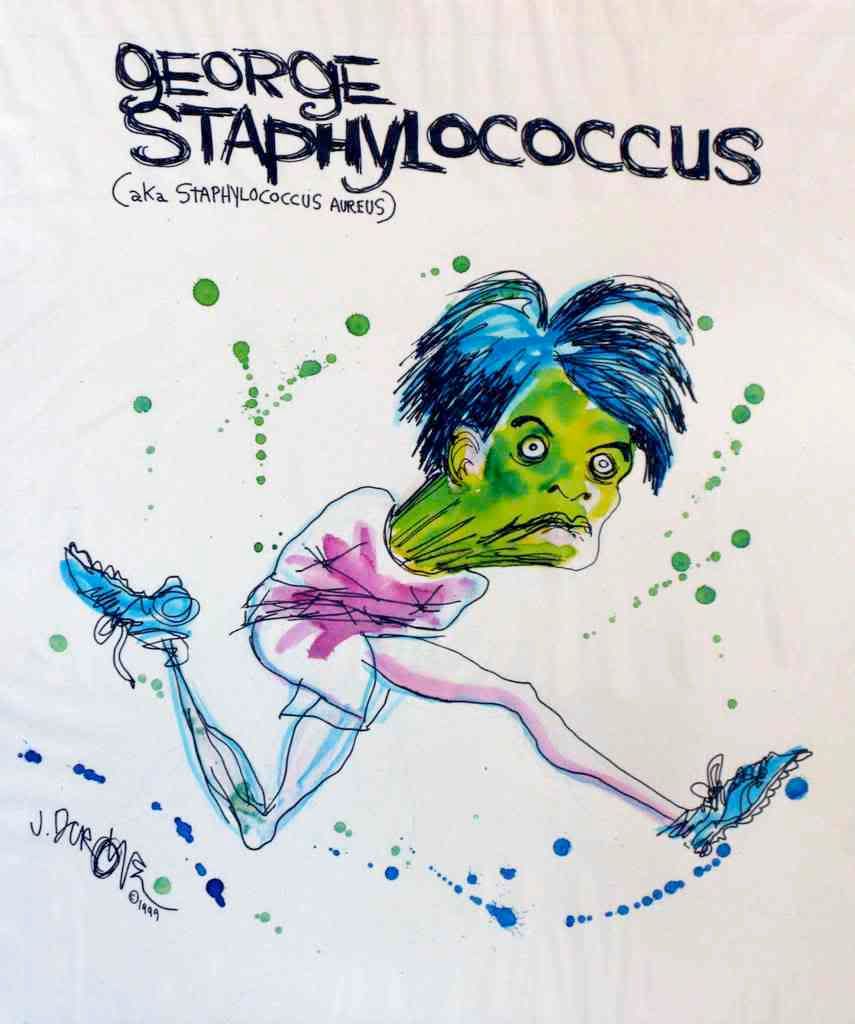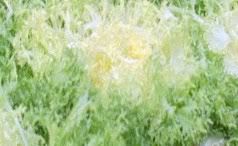
We hear a lot of claims from promoters of raw meat diets about the nasty ingredients in kibble and canned pet foods – binders, stabilizers, meat from diseased animals, corn and other grain fillers. In fact, many dog foods, especially the lower-priced products, leave much to be desired. But what, exactly, is in a “raw food diet”? Is it more nutritious than the best commercial “cooked” diets? Is it safe?
The BARF DietDr. Ian Billinghurst is a pioneer in the field of raw pet foods. He published his first book, "Give Your Dog a Bone: The Practical Commonsense Way to Feed Dogs for a Healthy Life" in 1993.
Dr. Billinghurst's book introduced many pet owners to the concept of the "Biologically Appropriate Raw Food" diet, which was an
attempt to mimic the natural diet of the dog's wild ancestor – the wolf. The original BARF diet comprised raw meaty bones (usually chicken wings and backs, but sometimes beef, lamb or wild game, including venison), raw eggs, pureed raw fruits and vegetables, and the occasional dollop of yogurt.
The BARF diet, while embraced by some dog owners, was daunting to others. Several years ago, Dr. Billinghurst simplified BARF by introducing a commercial product line, consisting of frozen patties, which is sold through a web site named
BARFWorld. The line of products includes "Beef Offal", "Beef Tripe", and "Chicken and Bone Mince" patties. BarfWorld also sells nutritional supplements and "Fruit and Veggies Nuggets".
In 2004, BARFWorld announced that it would be conducting
nutritional research “...on the best possible means of feeding our companion animals,” and asked for volunteers to participate in the study. Twenty-eight dog years later, we’re still waiting for the first word on this study.
Raw Meaty Bones DietsDr. Billinghurst isn’t the only advocate of raw feeding. At about the same time that he introduced the BARF diet,
another group of Australian veterinarians began to promote a different Raw Meaty Bones (RMB) diet. Other raw diet disciples have chimed in with their own variations. All of the diets are built on a foundation of raw poultry or raw meaty bones.
A Balanced Diet?A supporter of homemade (raw or cooked) diets
said in 2003,
“... feeding home-prepared cooked or raw diets has not been proven to control medical problems, based upon prospective, double-blind, statistically significant clinical trials.”
This is still true in 2008. I have searched the scientific journals using PubMed, a search engine service of the U.S. National Library of Medicine, and have not found a single report of even a small, prospective feeding trial.
One study, published in 2001, attempted to address the nutritional content of raw diets. It compared three homemade and two commercial raw diets against the guidelines recommended by the Association Of American Feed Control Officials (AAFCO). The study was inconclusive for several reasons:
- calculation errors, especially of the levels of vitamin D in the diets, forced the authors to publish a correction;
- the study comprised just a single sample of five different diets - not enough to account for day-to-day variation, especially of the homemade diets; and
- its conclusions relied strictly on lab analysis, which cannot predict the extent to which the nutrients can be digested and absorbed.
RMB = Really Microbiologically Bad?Many pet owners who are considering switching to a raw diet, especially one based on poultry, worry about
Salmonella and other food poisoning bacteria. And they have good cause for concern.
According to the USDA, 45% of raw ground chicken and 11.4% of whole broiler carcasses in the US are contaminated with
Salmonella.
I searched the scientific literature and found three articles that specifically analyzed raw meat diets for bacterial contamination. These studies were limited in size and scope, but the results were consistent.
1. Joffe, D.J. and D.P. Schlesinger. 2002. Preliminary assessment of the risk of Salmonella infection in dogs fed raw chicken diets. Canadian Veterinary Journal, vol. 43 (June), pp. 441-442.In this preliminary study, the authors tested 10 samples of homemade BARF diets for
Salmonella. Eight of the 10 samples contained
Salmonella, as did the feces of 3 of the 10 dogs that had been fed the BARF diet.
2. Weese, J.S., et al. 2005. Bacteriological evaluation of commercial canine and feline raw diets. Canadian Veterinary Journal, vol. 46 (June), pp. 513-516.This study examined samples from 25 commercial raw diets. Fifteen of the 25 samples contained
Escherichia coli (but not
E. coli O157:H7), 5 samples (20%) contained
Salmonella, and 5 contained
Clostridium perfringens, another food poisoning bacterium.
3. Strohmeyer, R.A., et al. 2006. Evaluation of bacterial and protozoal contamination of commercially available raw meat diets for dogs. American Veterinary Medicine Association Journal, vol. 228, no. 4, pp. 537-542.In this yearlong study, 240 samples of commercial raw meat diets were examined for
E. coli,
Salmonella and
Campylobacter. The researchers did not find any
Campylobacter, but detected
E. coli in just about every sample, and
Salmonella in 17 of the 240 samples.
Many producers of commercial raw food diets acknowledge that their products may contain harmful bacteria. Some,
such as Nature's Variety, provide their customers with handling instructions to minimize the risk of transmission.
But one raw pet food company has gone several steps farther. To find out more, watch for Part 5 of this series, “One Company’s Approach”, which will appear on Monday, March 17th.












